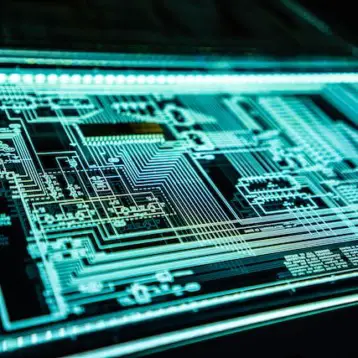The ABL was developed jointly by the Boeing Company, which is the overall systems integrator and contractor, the U.S. Missile Defense Agency (MDA), which manages the ABL program, and by industry partners Northrop Grumman (formerly TRW), and Lockheed Martin. Boeing’s modified aircraft and its battle management system are equipped with Northrop Grumman’s beacon illuminator laser, which measures atmospheric turbulence, and high-energy chemical laser (COIL for chemical, oxygen, iodine laser), which ablates the missile, as well as with Lockheed Martin’s turret (i.e., a rotation-capable platform containing weapons) mounted on the aircraft’s nose, and the beam control/fire control system, which includes track illuminator lasers that track the target. The ground support system is also supplied by Northrop Grumman.
Suspected missile launch sites would be surveilled by an overhead ABL airplane flying in a figure eight pattern at 40,000 ft. If a launch is detected by the plane’s infrared sensors, the data would be transferred to the computer that orients the laser turret to the direction of the missile and the turret would fire the track illuminator lasers and beacon illuminator laser prior to firing the high powered COIL to take out the 4,000 mph missile. The high heat produced would weaken the missile’s skin, causing it to either explode or be torn apart.









